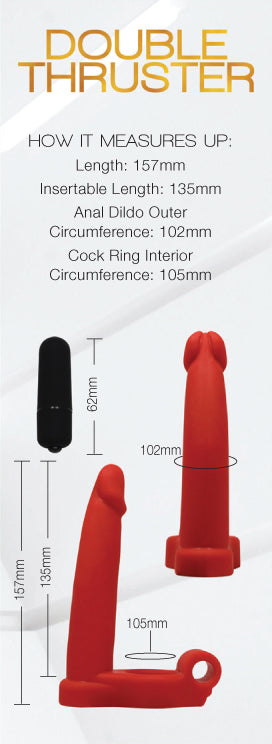
WEIGHT: 49 kg
Breast: Large
1 HOUR:60$
Overnight: +100$
Sex services: Facials, Tie & Tease, Dinner Dates, Foot Worship, Fetish
Despite increasingly strict donor selection criteria, advances in laboratory testing and procedures for preventing bacterial contamination, such as donor skin disinfection, diversion of the first milliliters of collected blood and bacterial culture, a small risk of bacterial 1 , 2 , viral 3 , 4 and parasite 5 - 9 contamination of platelet PLT concentrates still remains.
In addition to improving blood safety by preventing the replication of bacteria, viruses and parasites, PRT has other benefits: I elimination of the risk of transfusion-transmitted graft-versus-host disease by substituting gamma irradiation with white blood cell inactivation 15 ; II the potential reduction of alloimmunization, which has been described in animal models 16 but still needs to be confirmed by evidence from clinical practice 17 ; III fewer PLT transfusion reactions 18 , 19 ; and IV the improvement of PLT supply by extending the storage time from 5 to 7 days, which results in a substantial reduction in PLT outdating 20 , These hospitals provide a total of 3, beds for a population of around one million inhabitants.

The BIBB collects around 40, whole blood and 5, PLT components per year for transfusion therapy in hematology, oncology, and surgery patients, among others, including those requiring cardiovascular surgery and bone marrow transplant. We also have experience in the routine use of Mirasol PRT for plasma, and in its experimental use for whole blood.
Although our research group has previously published papers on the use of these technologies 20 - 24 , the aim of this article is to review current developments in PRT for PLTs drawing on more than a decade of experience in the field. The three PRT systems developed to date for producing pathogen-reduced PLT concentrates are based on UV light in the absence or presence of a photosensitizer. After UV illumination for 3—4 min, the photoexcited amotosalen forms covalent bonds with thymidine bases.

This reaction inhibits DNA replication and RNA transcription, which in turn prevents replication of leukocytes and pathogens. After PLT treatment, amotosalen and its photoproducts need to be removed by an in-line compound adsorption device for 6—24 h 25 , Upon UV illumination over 4—10 min, the oxygen free radicals generated by riboflavin cause irreversible damage to nucleic acids, which inhibits the replication of pathogens and leukocytes.




































